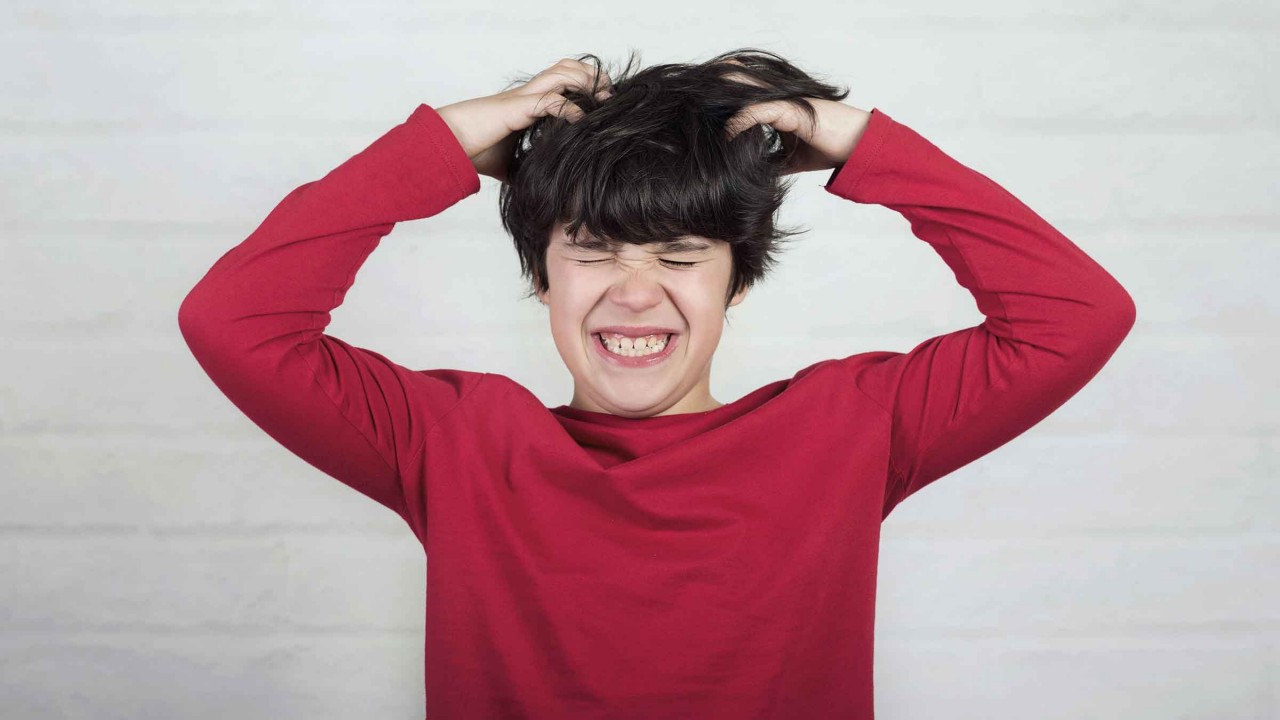What to do if your child has head lice

Now that school’s been in session for a few months, it seems there’s no shortage of germs that tend to make their way throughout the classroom, but there’s one that typically makes parents squirm the most. Head lice. Each year, an estimated 6 million to 12 million cases of head lice occur among children between the ages of 3 and 11.
What is head lice?
Here are some common signs to look for:
- Itching – the allergic reaction to insect bites
- Feeling something moving in the hair
- Irritability or difficulty sleeping – head lice are most active in the dark
- Sores on the head caused by scratching – these may become infected, if not treated
If your child is showing these signs, chances are, they may have head lice. Because lice are small, move quickly and avoid light, they can be difficult to find. Using a magnifying glass and a fine-toothed comb may help. If you can’t see them crawling around, they may be directly attached to the scalp. Check with a health care provider if you’re unsure whether treatment is needed.
How do you treat head lice?
If treatment is necessary, follow these steps and make sure to also check anyone else in your home for head lice.
- Do not use any type of conditioner before applying treatment.
- Apply an over-the-counter or prescription lice medicine that’s similar to a shampoo, and follow the directions on the bottle. For children with hair past their shoulders, a second bottle may be necessary.
- Machine wash and dry all clothing, linens and other items the individual may have worn or used within two days before treatment – wash with hot water and dry with high heat.
- Soak combs and brushes in hot water for 5 to 10 minutes.
- Vacuum the floor and furniture; although, it’s unlikely for head lice to spread this way.
- Check the infested person’s hair about 8 to 12 hours after treatment. If a few live lice are found but are moving slower than before, retreatment is likely not necessary.
- Do not re-wash the hair for one to two days after applying the lice medicine.
- After each treatment and about every other day for two to three weeks, comb out lice from the hair and ensure they are dying off.
Just hearing the words “head lice” can make a person’s head itch but knowing the risks, signs and treatment may help keep you and your family prepared.

